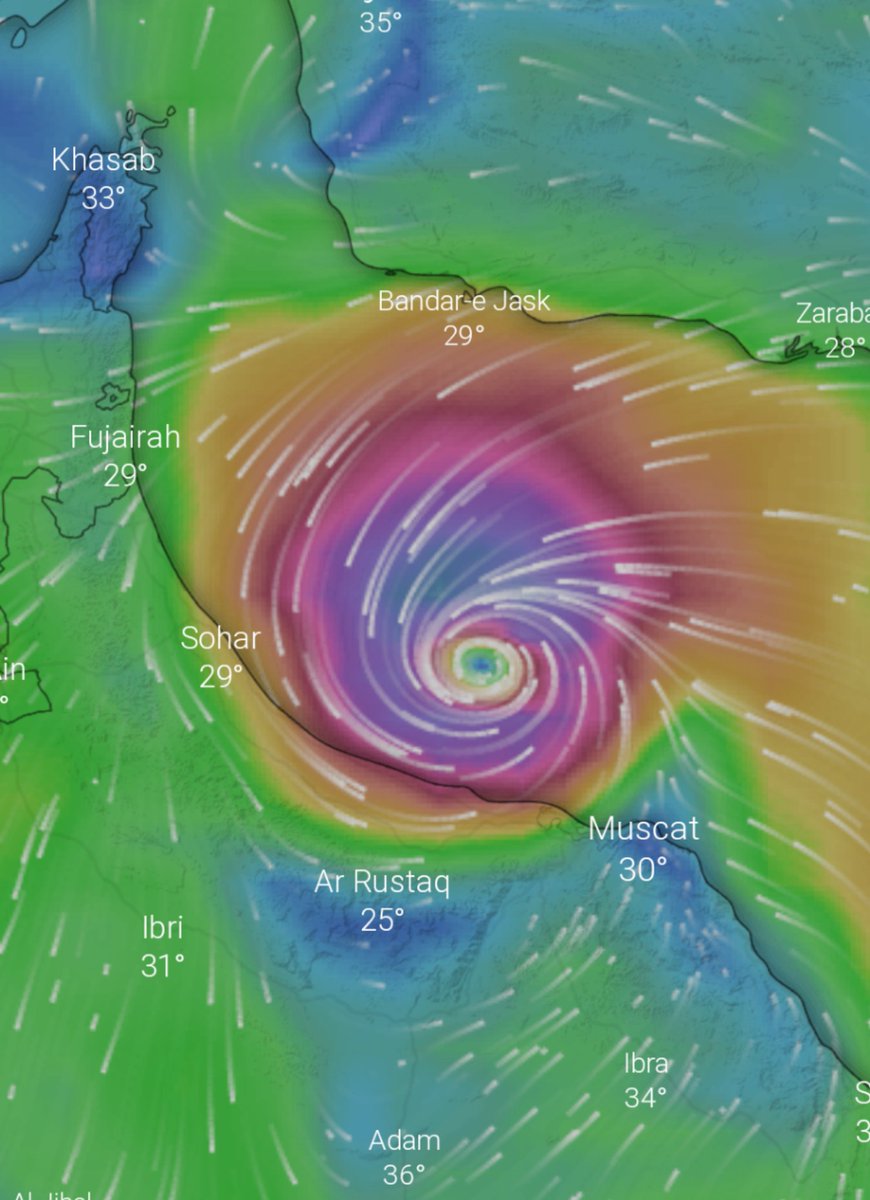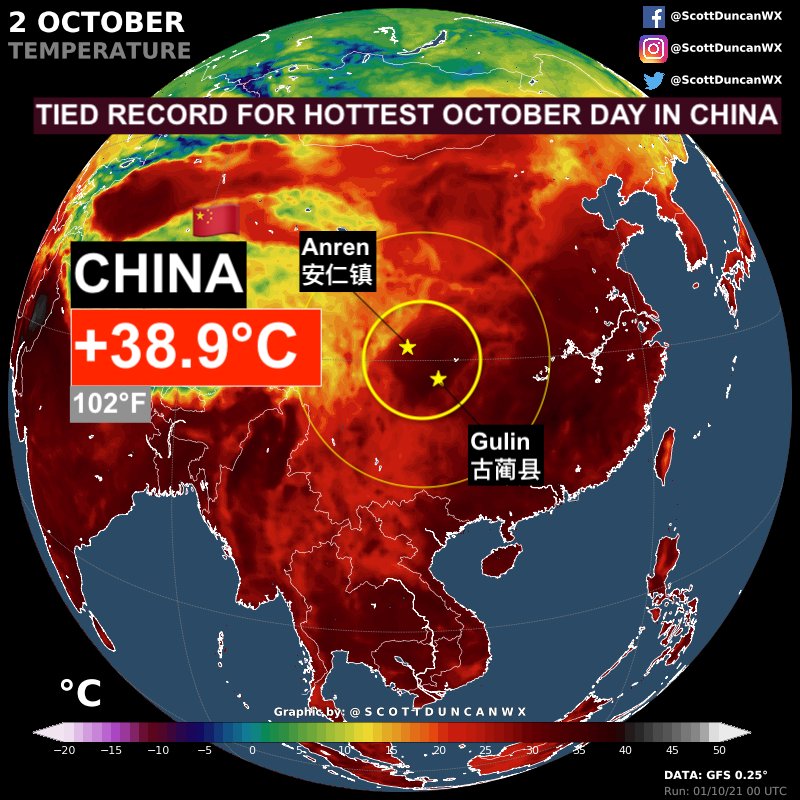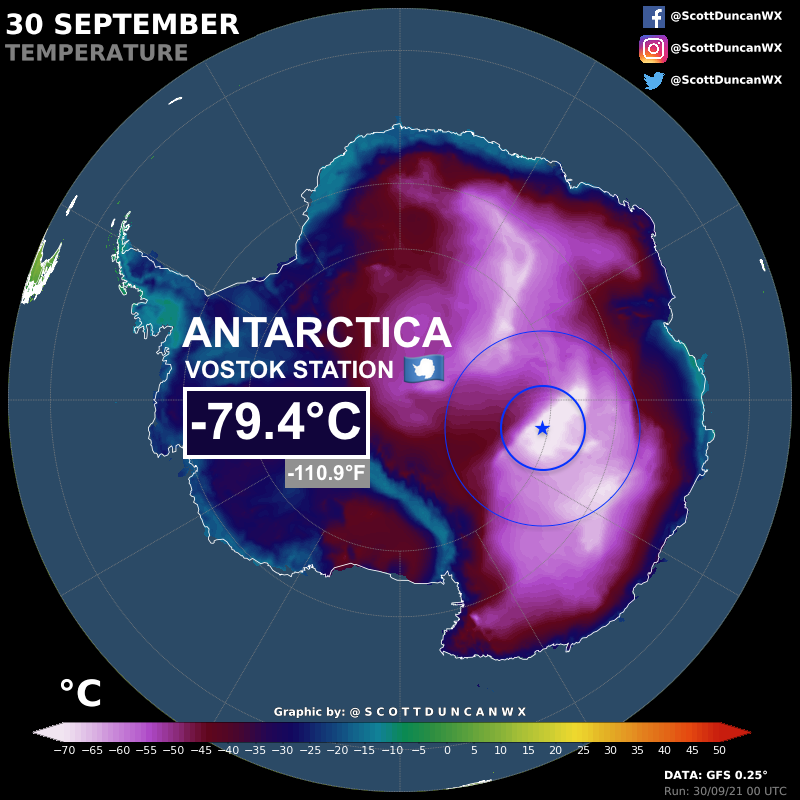
Historic landfall expected. Cyclone #Shaheen is about to strike Oman hard where no recorded cyclone has struck before, especially with this intensity.
Bizarre looking at a cyclone with an eye feature surrounded by desert.


Bizarre looking at a cyclone with an eye feature surrounded by desert.



Some great info in this article, really is unprecedented in modern times.
https://twitter.com/bhensonweather/status/1444369545657937921?s=19
Notice that Oman has observed strong cyclones before, notable and devastating like Gonu for example.
But we haven't seen one this far west in the Gulf of Oman before.
But we haven't seen one this far west in the Gulf of Oman before.
https://twitter.com/MatthewCuyugan/status/1444328929481814024?s=19
Really is an unfortunate track through the Gulf of Oman. #Shaheen is able to maintain intensity right until landfall.
https://twitter.com/ScottDuncanWX/status/1444318948925841412?s=19
• • •
Missing some Tweet in this thread? You can try to
force a refresh

















